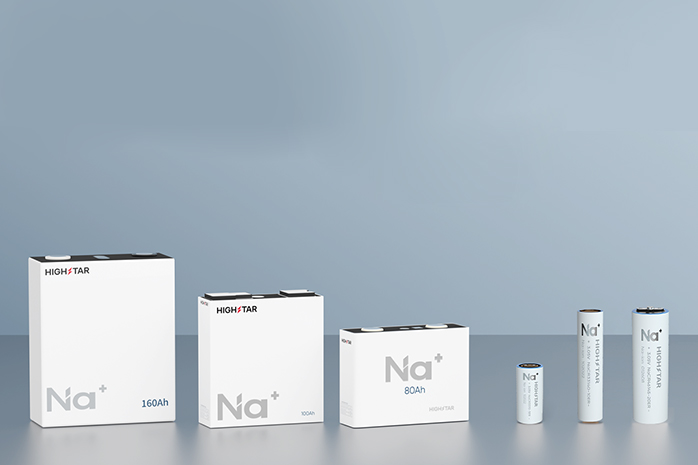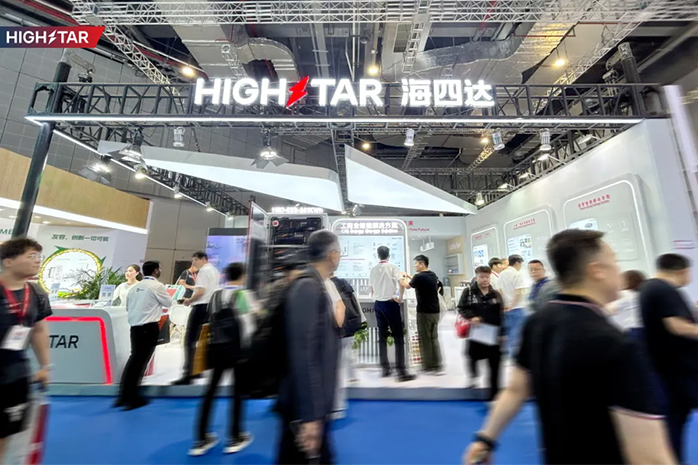The wound "jelly roll" (yes, that's the technical term!) needs to fit perfectly inside the steel casing. Too loose and you waste space; too tight and you risk damaging the materials. Our automated systems adjust tension in real-time, ensuring each cell meets exact specifications.
Assembly and Sealing Methods
With our jelly roll ready, it's time for assembly. This phase transforms the wound electrodes into a sealed, functional battery cell. We insert the roll into a steel casing - typically 18650 (18mm diameter, 65mm length) or 21700 sizes for larger capacity needs.
Before sealing, we attach current collector tabs to connect the electrodes to the cell's terminals. These tiny metal strips carry all the power your device needs, so their welding must be flawless. We use ultrasonic welding techniques that create molecular bonds without adding heat that could damage the sensitive materials.
The electrolyte injection comes next. We fill each cell with precisely measured electrolyte under vacuum conditions. This liquid is the highway for ions traveling between electrodes during charging and discharging. Too little and the cell won't perform; too much and you risk leakage. Our filling stations measure down to 0.01 grams.
Sealing the cell requires both mechanical crimping and laser welding. The top cap includes safety features like pressure release vents and current interrupt devices. As we like to say, "Safety isn't just built in - it's sealed in."
Formation and Testing Phase
You might think we're done, but the cells aren't ready yet. The formation process is like teaching a battery how to be a battery. We charge and discharge each cell multiple times under controlled conditions, activating the materials and forming protective layers on the electrodes.
During formation, cells go through several cycles at different rates and temperatures. This process can take 3-7 days, depending on the chemistry. We monitor voltage, capacity, and internal resistance throughout. Cells that don't meet our standards get recycled - no exceptions.
Our testing protocol includes:
● Capacity verification at multiple discharge rates
● Internal resistance measurements
● Self-discharge testing over weeks
● Safety tests including overcharge and nail penetration
● Temperature cycling from -40°C to 60°C
The data from these tests doesn't just pass or fail cells - it helps us continuously improve our manufacturing process. Every batch teaches us something new about optimizing performance and reliability.
Quality Control Standards
Quality control isn't just a final step - it's woven throughout our entire manufacturing process. From raw material inspection to final packaging, we maintain strict standards that exceed industry requirements.
We use both automated vision systems and human inspectors to catch defects. Our AI-powered cameras can spot coating inconsistencies invisible to the human eye, while experienced technicians perform physical inspections at critical points. This dual approach catches 99.9% of potential issues before cells leave our facility.
Documentation matters too. Each cell carries a unique identifier linking it to complete production data - materials batch numbers, equipment used, test results, even the humidity level during manufacturing. If a customer ever has a question, we can trace that cell's entire history in minutes.
Our commitment to quality has earned us certifications including UL, IEC, CE, and BIS standards. But more importantly, it's earned us the trust of customers worldwide who depend on our batteries for critical applications.
Why Choose Highstar's Cylindrical Cells
After walking through this complex manufacturing process, you might wonder what makes Highstar different. It's not just our three decades of experience or our state-of-the-art facilities - it's our complete approach to battery solutions.
Our sodium ion battery solution represents the next generation of cylindrical cell technology. With advantages like lower raw material costs, enhanced safety, and excellent low-temperature performance, these cells are perfect for applications from telecom backup power to electric vehicles.
We don't just make cells - we provide complete battery pack solutions tailored to your specific needs. Our engineering team works with you to optimize performance, whether you need high-discharge rates for power tools or long cycle life for energy storage solutions.
What sets us apart:
● Customization capability - from cell chemistry to pack design
● Proven reliability - over 4.5 billion cells shipped globally
● Innovation leadership - first to commercialize sodium-ion cylindrical cells
● Complete solutions - from cells to BMS to final integration
Making Your Battery Decision
Understanding how cylindrical cells are made helps you appreciate the technology powering our daily lives. From the precise coating of electrodes to the careful formation process, every step contributes to the final product's performance and reliability.
Whether you're developing new products or upgrading existing ones, choosing the right battery cell supplier makes all the difference. At Highstar, we combine manufacturing excellence with innovative chemistry to deliver cells that exceed expectations.
Ready to explore how our cylindrical cells can power your next project? Our team is here to help you navigate options and find the perfect solution for your needs. Because at the end of the day, we're not just manufacturing batteries - we're powering possibilities.

 Buy
Buy




